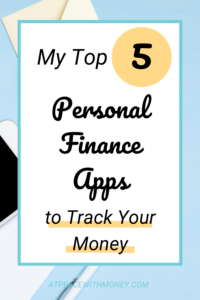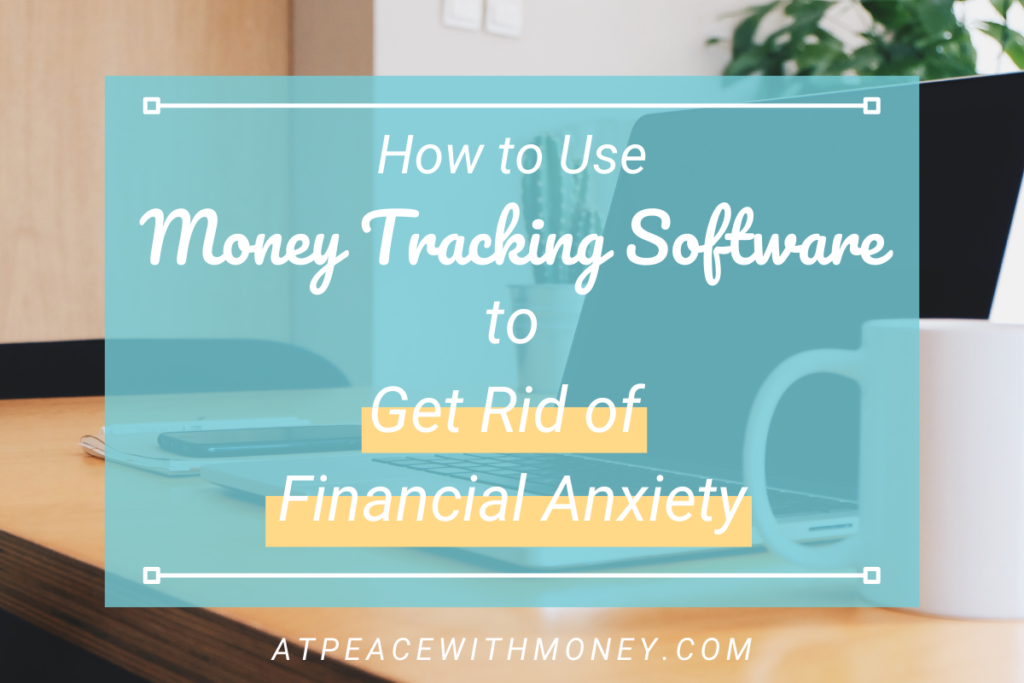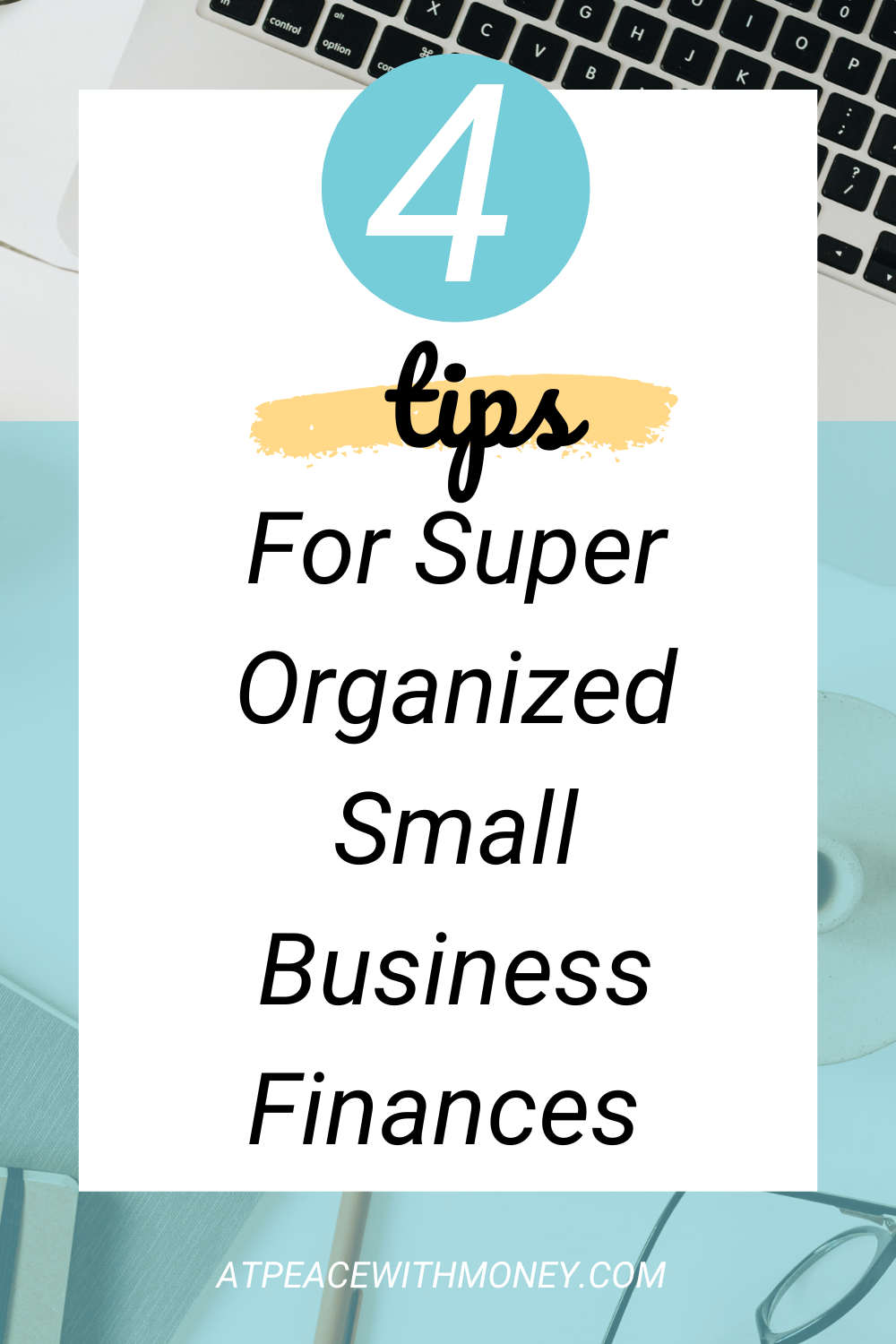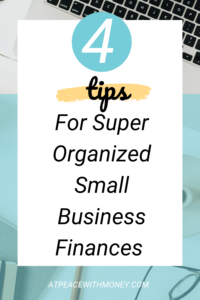My Top 5 Best Apps to Track Your Finances

Keeping track of your finances can be life-changing. The impact of paying better attention to your money and spending is not to be underestimated, whether this is in your business or personal finances.
There are several different options that I like to recommend to clients to help them track. Check out my top 5 recommendations below and try out your favorite.
Good old-fashioned manual tracking.
You can do this with paper and pencil or in a spreadsheet. Some people who have a lot of cash transactions in their business or personal finances might prefer this one. Especially in your personal life, it can be nice to keep a notepad or a note on your phone to record cash transactions so you don’t forget about them. However, this is definitely the most laborious way to track your money, and the amount of time you need to put in to do it effectively can prevent people from keeping up the habit. For this reason, I generally don’t recommend it, unless you know you’re someone who will keep up with this system at least once a week.
Mint
I have personally been using Mint for the last five years. It’s free, it connects to all your accounts and automatically imports your spending information, and it’s very easy to use. It has an app, which is really convenient. However, what I don’t like is that in order to get all the info that’s really valuable, I need to download the data into a spreadsheet. I personally do this at the end of every month to wrap-up my finances. It’s also important to note that as a free program, they are keeping (and likely monetizing in some way) data on your spending habits, and they are constantly advertising to you on this platform. It’s important to be wary of the barrage of credit card offers, banking deals, etc. It’s very basic, but it’s a great tool to get started with tracking your spending.
MoneyGrit.(R)
MoneyGrit.(R) is a software I now use from Karen McCall that I love working with for a couple of reasons. The interface provides a more intentional and hands-on experience when it comes to planning your spending. They actually lead you through a process of reviewing your intentions when setting up your spending plan! This emotional dimension can be really helpful in creating a connection between you and the decisions you make with your money. The program also includes extras like worksheets to set goals and plan out financial self care action items. Lastly, this software factors periodic expenses into your spending plan, which is something a lot of money tracking software misses completely. MoneyGrit.(R) offers both a personal and a business version of their software.
Your Need a Budget
YNAB does a great job of emphasizing putting your money to work for you by getting you thinking about long term wealth-building. While I’ve personally never used this tool, a lot of people love it for that reason.
Quickbooks Online
QBO is the standard when I’m working with clients on their business finances. The reporting in Quickbooks is second to none and a lot of information can be derived from using their system. Whether you work with a professional like me or DIY, there are a lot of resources available to help you and almost any bookkeeper is going to be very familiar with QBO. Using QBO can also make tax time extremely easy for you or your tax preparer. This isn’t really a personal finance app, but it’s worth mentioning because your business and personal finances are definitely interrelated!
If you liked this post and want more pointers towards financial self care, download your free copy of my e-Book, 9 Secrets of Financial Self Care! Click here or below to get yours.


















